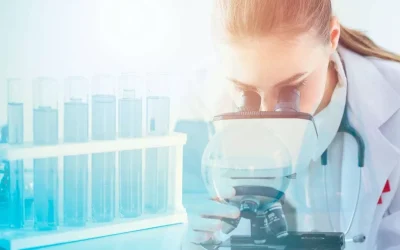Results from NIDA-funded research have shown that prevention programs involving families, schools, communities, and the media are effective for preventing or reducing drug use and addiction. Although personal events and cultural factors affect drug use trends, when young people view drug use as harmful, they tend to decrease their drug taking. Therefore, education and outreach are key in helping people understand the possible risks of drug use.
Absorption and Metabolism of Caffeine
Alcohol can interact dangerously with medications taken by older adults, including over-the-counter drugs, herbal remedies, and prescriptions. Different years of NSDUH, TEDS, and DAWN data were used in this analysis because they are the latest years of data available. All NSDUH estimates in this report are annual averages based on combined 2007 to 2014 NSDUH data. Combining multiple years of NSDUH data allows substance use among older adults to be examined in greater detail by improving the precision of estimates for making statistical comparisons. TEDS data provide information on admissions to substance abuse treatment in 2012, and DAWN data provide information on drug-related ED visits in 2011.
Illicit Drug Signs and Symptoms of Abuse

The medications and treatment program recommended will be based on each individual’s situation. In maintenance therapy, a prescribed medication (like methadone) is substituted for a highly addictive drug (like heroin) to prevent withdrawal and cravings, and as part of a harm-reduction strategy. There is no known cause of substance use disorder, but several risks have been identified. A person may be more likely to develop a substance use disorder if one of several factors are present. In 2019, 9.5 million adults in the United States lived with both mental illness and a substance use disorder, according to the National Survey on Drug Use and Health. It’s important to turn to healthy coping mechanisms during these times of change, such as exercising, meditating or learning a new hobby.
- In the United States, about 17 million people had both an SUD and a mental health disorder in 2020.
- Tweaking can cause brain damage from loss of sleep and excessive amounts of neurotransmitters in the brain.
- In the United States, 1 in 7 people aged 12 years and older report having an SUD.
- Seeking medical care as soon as you have signs of substance use disorder is essential.
- These programs support behavioral modification through self-help and peer support.
What are the chances my loved one could be addicted?
- Substituted cathinones can be eaten, snorted, inhaled or injected and are highly addictive.
- Tolerance and withdrawal are not universal features of substance use disorder; hallucinogens, for example, do not create tolerance or withdrawal symptoms.
- Learning to recognize the physical or behavioral signs of drug use can help to prevent the problem from progressing further.
- They’re often used and misused in search for a sense of relaxation or a desire to “switch off” or forget stress-related thoughts or feelings.
- The medications and treatment program recommended will be based on each individual’s situation.
- In maintenance therapy, a prescribed medication (like methadone) is substituted for a highly addictive drug (like heroin) to prevent withdrawal and cravings, and as part of a harm-reduction strategy.
Side effects at lower doses of 1 gram include restlessness, irritability, nervousness, vomiting, rapid heart rate, and tremors. Many of us can’t imagine starting the day without a signs of drug use cup of coffee. One reason may be that it supplies us with a jolt of caffeine, a mild stimulant to the central nervous system that quickly boosts our alertness and energy levels.

South Carolina governor signs into law ban on gender-affirming care for transgender minors
By Sherry ChristiansenChristiansen is a medical writer with a healthcare background. She has worked in the hospital setting and collaborated on Alzheimer’s research. Maintaining sobriety after treatment for substance use is no small undertaking. It’s a lifelong journey involving continually learning how to apply new coping skills to everyday life. Outpatient treatment is a less intensive program that usually involves fewer hours and days per week.
- Some of these signs may be readily apparent, while others are easily hidden or occur as gradual changes.
- Prescription drug abuse is the use of a prescription medicine in a way not intended by the prescriber.
- Read on to learn more about sources of caffeine, and a review of the research on this stimulant and health.
- Unexplained or seemingly unprovoked mood swings can occur when someone is struggling with addiction.
- Due to the toxic nature of these substances, users may develop brain damage or sudden death.
Mental Health and Substance Use Among Adults with… – CDC
Mental Health and Substance Use Among Adults with….
Posted: Fri, 27 Aug 2021 07:00:00 GMT [source]
